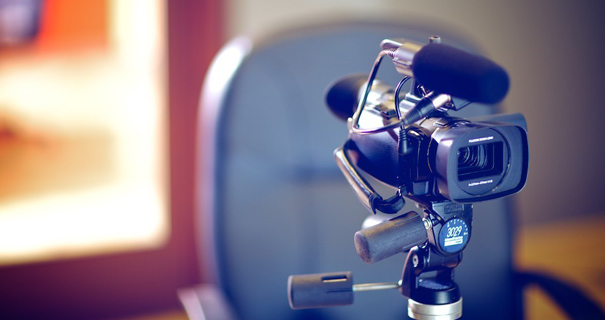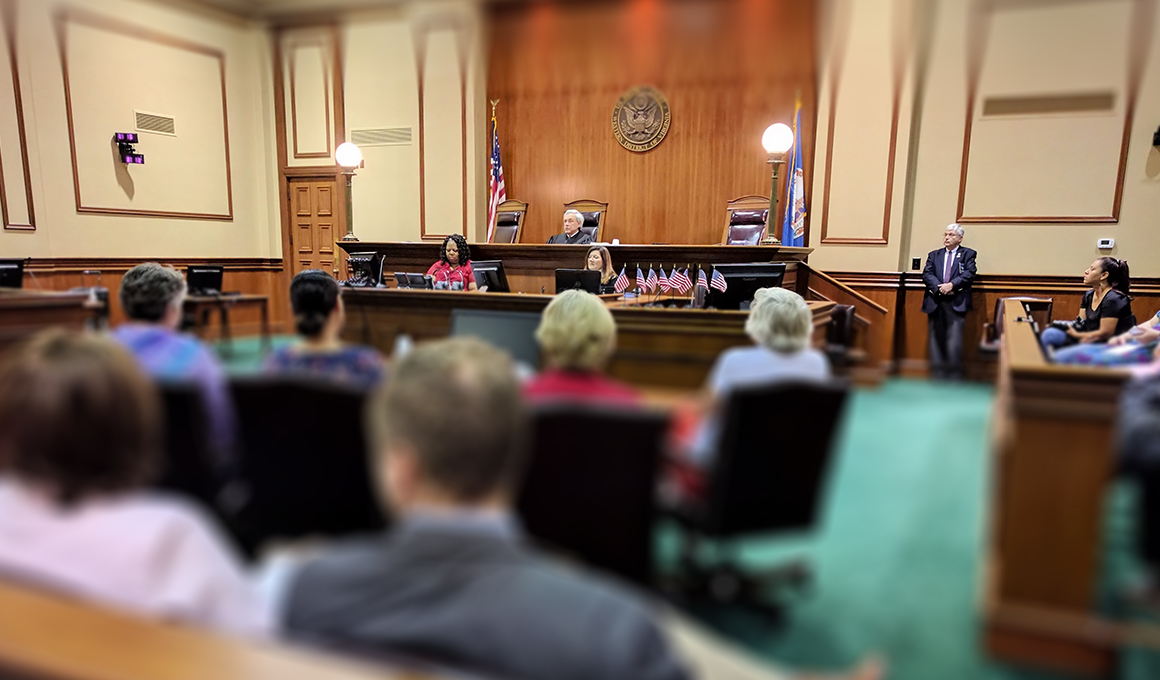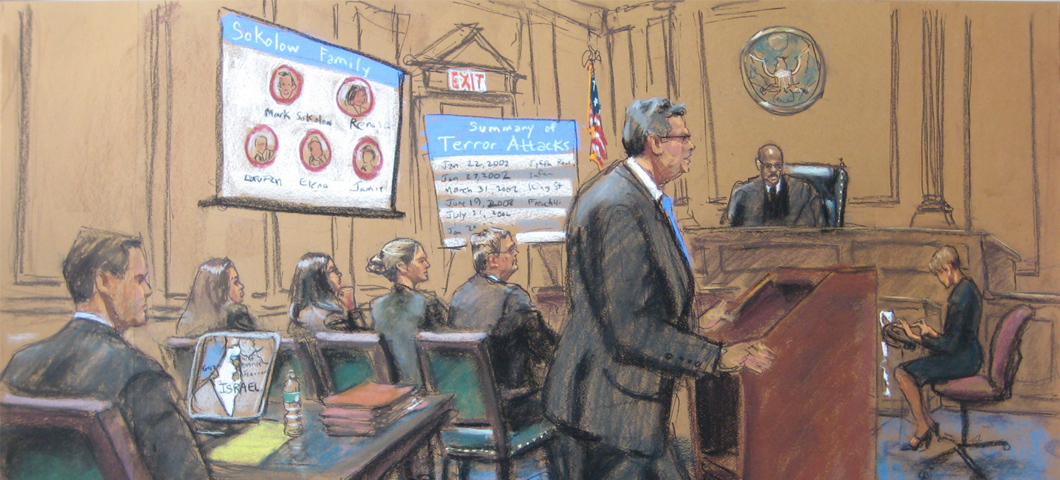The Power of Visuals in Trial Presentations for a Winning Argument
The integration of visuals in trial discussions has emerged as an essential factor in effectively interacting complicated arguments to jurors. By making use of numerous kinds of visual aids-- be it diagrams, pictures, or computer animations-- lawyers can improve understanding and retention, eventually forming the court's understanding of the case.
Relevance of Visuals in Trials
In lots of lawful setups, visuals play an important function in boosting the effectiveness of trial presentations. The integration of visual elements can dramatically influence jurors' understanding and retention of intricate details, therefore forming their understandings and decisions. Visuals, such as graphes, diagrams, and pictures, can simplify elaborate stories, making them more easily accessible and compelling.
Moreover, the human brain processes visual details more successfully than message, which underscores the importance of incorporating visuals into lawful disagreements. By translating thick legal concepts right into aesthetic formats, lawyers can assist in clearer interaction, making sure that bottom lines are not forgotten during trials.
Additionally, visuals serve to engage jurors on a psychological degree, fostering a connection to the instance that words alone may fail to attain. The tactical use visuals can stimulate compassion, triggering jurors to think about the human facets of the instance.
Inevitably, the value of visuals in trials depends on their capacity to enhance quality, improve juror engagement, and strengthen the narrative existing. This potent combination is crucial for crafting influential disagreements that resonate with jurors and affect the outcome of lawful procedures.
Types of Visuals to Use
Reliable test discussions can significantly profit from a variety of aesthetic tools that satisfy different elements of the instance. trial presentations. Using layouts and charts can effectively damage down intricate information, making it more digestible for jurors. For instance, flowcharts can highlight the series of occasions, while bar chart may succinctly compare appropriate data points.

Animations and simulations can also play a crucial function, especially in cases entailing technological information or intricate scenarios. These visuals can dynamically represent procedures or actions, supplying quality and interaction that fixed photos may not accomplish.
Additionally, infographics incorporate message and visuals to sum up important info successfully. They can present timelines, statistics, and considerable instance factors in an aesthetically appealing manner, making it less complicated for jurors to follow the debate.
Enhancing Comprehension and Retention

Enhancing comprehension and retention throughout trial presentations is critical for making certain that jurors grasp the essential elements of a situation. Visual help function as effective devices hereof, equating complicated info into quickly digestible formats. By utilizing graphes, diagrams, and infographics, attorneys can simplify complex data and highlight bottom lines that might otherwise be neglected.
Studies have actually revealed that people maintain information significantly better when it is presented aesthetically. This is particularly pertinent in a trial setting, where jurors may be overwhelmed by the quantity of evidence and statement. By purposefully integrating visuals, attorneys can direct jurors' interest to the most important aspects of the situation, strengthening their understanding and memory of the product offered.

Creating Engaging Presentations
Exciting jurors' attention throughout test presentations is important for communicating an engaging narrative. Engaging discussions leverage visual elements to create an unforgettable experience that resonates with jurors. The tactical usage of graphics, computer animations, and videos can illuminate intricate information, making it extra obtainable and relatable.

Furthermore, including narration see this strategies can enhance interaction. Providing evidence in a sensible series that builds psychological allure allows jurors to link with the material on an individual degree. Diverse presentation layouts, such as incorporating brief video or interactive elements, can likewise sustain interest and focus throughout the trial.
Ultimately, an appealing presentation promotes an extra extensive understanding of the instance, enabling jurors to better value the arguments being offered and causing a much more favorable outcome.
Instance Research Studies and Success Stories
Countless study highlight the significant impact of visuals in trial discussions, demonstrating their capability to influence juror understandings and eventually the end results of situations. For example, a noteworthy instance entailing an accident case showed how making use of a 3D computer animation of the crash scene clarified complex information. Jurors reported feeling more educated and compassionate, dramatically guiding their decision in favor of the complainant.
In another circumstances, a business lawsuits situation used infographics to present economic information and timelines, making detailed information accessible. The graph allowed jurors to comprehend the nuances of the case more successfully than verbal descriptions alone. trial presentations. Because of this, the jury returned a decision that surpassed the customer's expectations
Additionally, a criminal defense instance employed photos and video proof to establish an alibi. The read this compelling visuals not only helped in developing question but likewise reverberated emotionally with jurors, resulting in an acquittal. These success stories emphasize the need of incorporating visuals into test discussions, as they enhance understanding, retention, and ultimately, the convincing power of legal disagreements. The tactical use of visuals is indisputably changing the landscape of trial campaigning for.
Final Thought
In conclusion, the critical unification of visuals in test discussions considerably boosts jurors' understanding and retention of complicated info. Involving presentations, supported by compelling case researches, demonstrate the profound influence that visuals can have on influential interaction.
Comments on “The Benefits of Using Graphics in Trial Presentations”